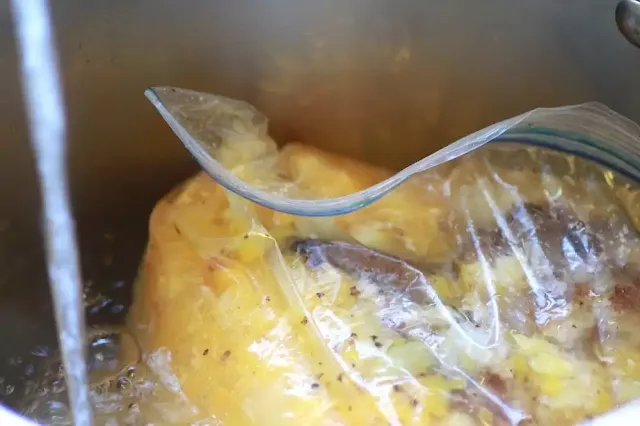🍷The Secret World of Pruno: How Prison Hooch is Made
Did you know that elephants have been observed burying watermelons, leaving them to ferment, and then returning to eat them for a boozy treat? That's right, even the wisest members of the Animal Kingdom enjoy a drop of hooch! So, you can hardly blame a locked-up prisoner for wanting a drink when there are no liquor stores in sight. This is where human ingenuity, desperation, and a bit of basic chemistry collide to create the infamous prison wine, also known as "Pruno."
Pruno is an alcoholic beverage made by fermenting fruit, sugar, and other scavenged ingredients in a clandestine prison setting. It's a testament to the universal desire for a drink, but it's often made in unsanitary conditions and can be genuinely dangerous to consume. Let's explore the fascinating and risky world of penitentiary punch.
The Science of Pruno: Improvised Fermentation
At its core, making Pruno is a simplified, if risky, version of homebrewing. The goal is to get yeast to eat sugar and produce alcohol. Here's what's happening:
- The Sugar Source: The yeast needs sugar to create alcohol. This can come from fruit, fruit juice, or even sweeteners like ketchup, jelly, or syrups.
- The Yeast Source: With no access to commercial yeast, prisoners get creative. The most common source is bread, which contains baker's yeast. Yeast also naturally occurs on the skins of fruits like grapes and apples. However, this "wild yeast" is unpredictable and can produce off-flavors.
- The Fermentation: When the yeast, sugar, and water are combined in a warm place, the yeast begins to metabolize the sugar, producing ethanol (alcohol) and carbon dioxide (CO₂) gas as byproducts.
📝How Do Prisoners Make Prison Hooch?
With resources being tight, prisoners have to be incredibly inventive. Here's a look at the typical ingredients and methods.
Common Ingredients:
- Fruit or Fruit Juice: Apples, oranges, apricots, grapes, or any fruit cocktail they can get their hands on.
- Sugar or Sweeteners: This can be straight sugar, or more creative sources like ketchup, jelly, jam, or syrups.
- Yeast Source: Most commonly, a few pieces of bread are used to provide the yeast needed to kick off fermentation.
- Water: The base liquid for the fermentation.
- Other Fermentables: In some recipes, starchy ingredients like potatoes or raisins are added to provide more fuel for the yeast.
The Fermentation Vessel:
A prison warden isn't exactly handing out sanitized fermenting drums. The go-to vessel for making Pruno is a simple plastic bag. The ingredients are mashed together inside the bag, which is then sealed. Small holes are often poked near the top to allow the CO₂ gas produced during fermentation to escape, preventing the bag from bursting. The bag is then hidden in a warm place, like near a heating vent, to encourage the yeast to get to work. This is why Pruno is sometimes called "toilet wine," as the toilet tank was a common hiding spot!
❓Frequently Asked Questions About Pruno
How strong is prison wine? What's the ABV?
The alcohol content of Pruno can vary wildly, but it's typically quite low, usually less than 10% ABV. This is because the ingredients used don't contain the high levels of sugar needed for a high-alcohol fermentation. Additionally, the unpredictable nature of wild yeast and unsanitary conditions means the fermentation is often inefficient. The goal is usually just to get a buzz, not to craft a fine vintage.
How safe is prison hooch to drink?
This is not a drink you should ever try to make or consume. It is genuinely dangerous. The health risks are significant:
- Food Poisoning: Pruno is made in unsanitary conditions with uncleaned ingredients, making it a breeding ground for harmful bacteria that can cause severe food poisoning.
- Botulism: This is the most serious risk. Certain ingredients, like potatoes, when fermented in an anaerobic (oxygen-free) environment like a sealed plastic bag, can create the perfect conditions for the growth of *Clostridium botulinum*, the bacterium that produces the deadly botulism toxin.
- Alcohol Poisoning: Because the fermentation is so unpredictable, the final alcohol content can be much higher than expected, leading to alcohol poisoning.
- Other Symptoms: Nausea, vomiting, headaches, dizziness, and severe gastrointestinal problems are common.

